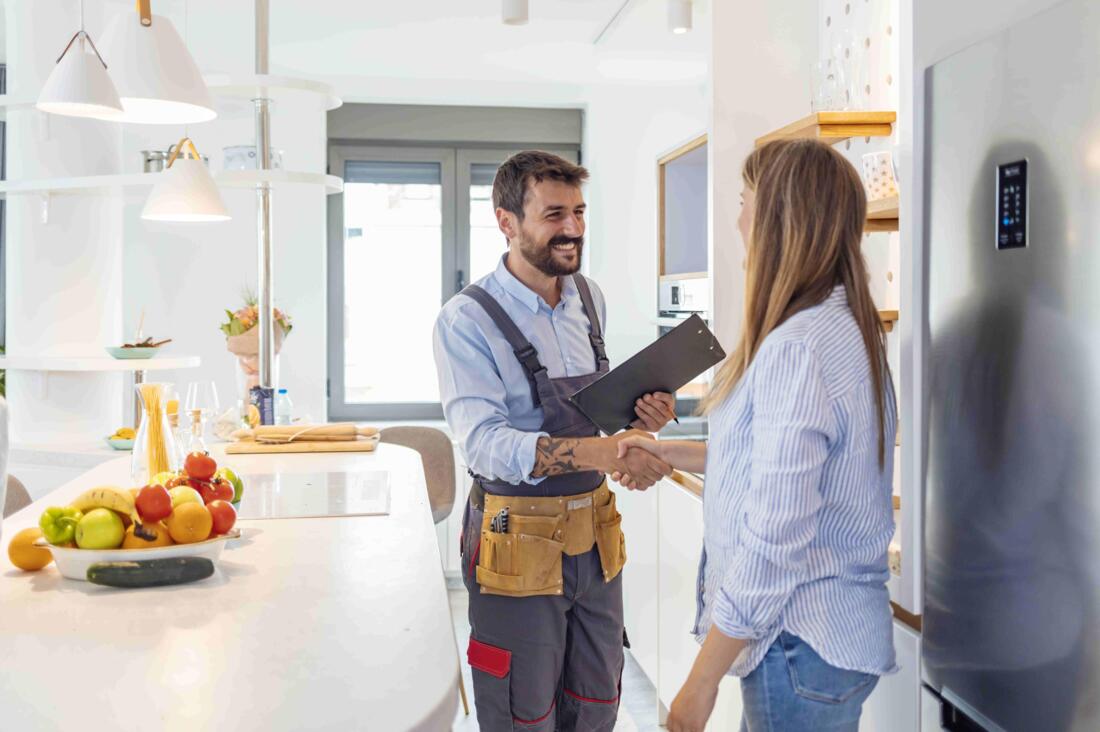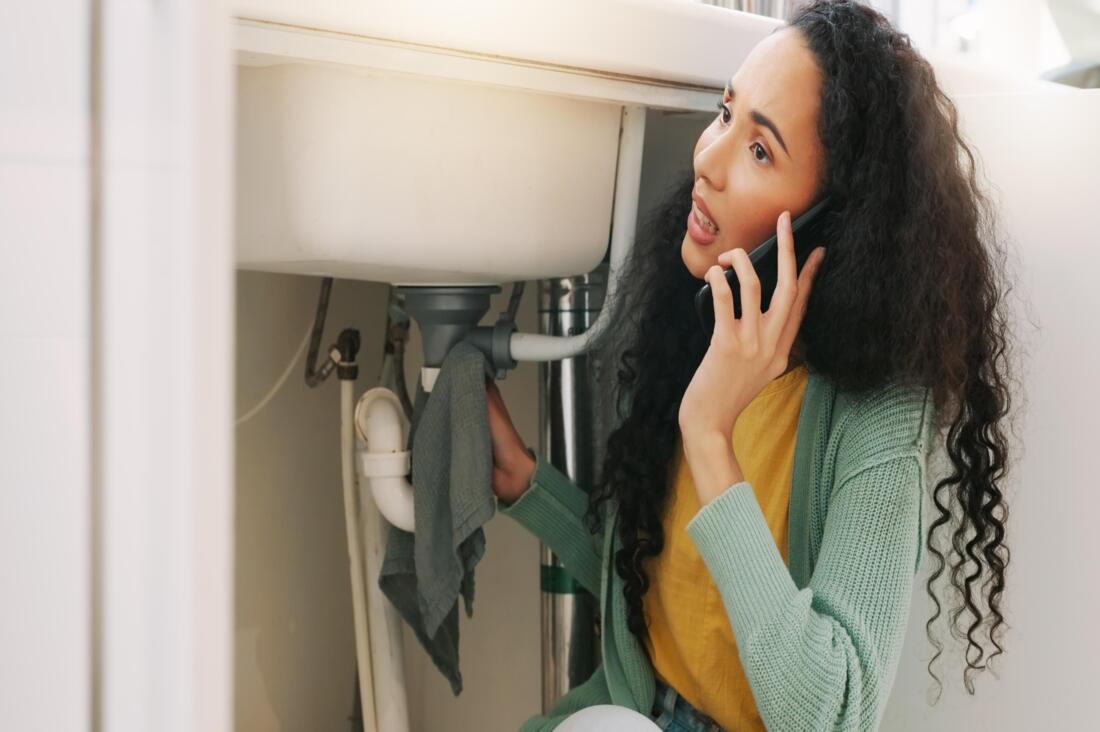Failing to take action on signs of leaking pipes can lead to your home being flooded and necessitate costly repairs. Minor leaks might go unnoticed until they lead to significant damage. Do not overlook the significance of damp areas on walls or ceilings – they may indicate more than just minor problems.
Recognizing Signs of Plumbing Problems
Ignoring small leaks in pipes can lead to significant water damage and costly repairs. Regularly checking for signs like dampness, stains, or a sudden increase in your water bill can help identify and address leaks early. One common mistake in plumbing maintenance is overlooking warning signs of a leaky pipe, which could lead to flooding and expensive fixes. Leaks often start small and may not be noticed until they cause extensive damage. Homeowners sometimes dismiss wet spots on walls or ceilings as minor issues, but even a small leak can weaken structural materials over time, eventually causing a pipe to burst and flood your home.

Preventing Frozen Pipes: Insulation Tips for Cold Weather
Neglecting to properly insulate pipes during cold weather is a notable error. Pipes that are not insulated face the danger of freezing and potentially bursting as ice expands. This is especially concerning in areas where temperatures frequently drop below freezing. To prevent this problem, it is essential to adequately insulate all pipes, particularly those located in colder areas like attics, basements, and garages. Using pipe sleeves or insulating tape can establish a protective barrier against the cold, reducing the risk of experiencing an expensive water damage event.

Protecting Pipes with Gentle Cleaning
In conclusion, many homeowners make the mistake of using chemical drain cleaners too often. While these products can be effective for minor clogs, frequent use can damage pipes, leading to leaks or even complete pipe failure. The harsh chemicals in these cleaners can also break down plumbing materials, shortening their lifespan and increasing the chances of major problems. It is advised to try gentler methods like a plunger or plumber's snake, or seek help from a professional for stubborn blockages. By avoiding these common plumbing mistakes, you can protect your home from serious water damage and prevent costly repairs.
Routine Maintenance: The Key to Leak Prevention
Establishing a routine maintenance schedule is crucial for preventing leaks in your plumbing system. Regular inspections can help identify potential issues before they escalate into major problems. Homeowners should consider checking their plumbing fixtures, including faucets and toilets, for any signs of wear and tear. Simple tasks, such as tightening loose connections and replacing worn washers, can go a long way in preserving the integrity of your plumbing. Additionally, keeping an eye on your water meter can help detect hidden leaks. A sudden spike in water usage could indicate a problem needing immediate attention.
Understanding the Impact of Humidity on Plumbing
Humidity levels in your home can significantly impact plumbing systems, especially in areas prone to excess moisture. High humidity can lead to condensation on pipes, which may cause mold growth and further plumbing issues. Homeowners should consider using dehumidifiers in damp areas to control humidity levels effectively. Proper ventilation in bathrooms and kitchens can also aid in reducing moisture buildup. Furthermore, ensuring that all plumbing installations are sealed correctly can prevent humidity from affecting pipes, thus minimizing the risk of leaks and maintaining a healthier indoor environment.
The Role of Water Pressure in Plumbing Health
Water pressure plays a vital role in the longevity of your plumbing system. Excessive water pressure can strain pipes, leading to leaks and eventual pipe failure. Homeowners should regularly check their water pressure using a pressure gauge; ideally, it should be between 40 and 60 psi. If the pressure exceeds this range, it may be necessary to install a pressure-reducing valve. Proper water pressure not only protects your pipes but also ensures efficient water usage throughout your home. This proactive approach can save you from costly repairs and extend the life of your plumbing system.
Choosing the Right Materials for Plumbing
When it comes to plumbing repairs or installations, selecting the right materials is critical for long-term success. Many homeowners may be tempted to use cheaper options, but this can lead to increased risks of leaks and failures. For example, copper pipes, while more expensive, offer durability and resistance to corrosion. Alternatively, PVC pipes are lightweight and easy to work with but may not be suitable for hot water applications. Understanding the pros and cons of different materials will help you make informed decisions that enhance your plumbing system's resilience and efficiency, ultimately preventing potential leaks.
Professional Inspections: A Wise Investment
Investing in professional plumbing inspections can save homeowners significant costs in the long run. Experts can identify hidden issues that may not be visible during a routine check and recommend necessary repairs or upgrades. Schedule annual inspections to ensure all plumbing components are functioning optimally. This proactive approach can help address minor concerns before they lead to major problems. Additionally, professionals can provide valuable advice on how to maintain your plumbing system and make it more efficient, ultimately protecting your home from costly water damage and ensuring peace of mind.
Emergency Preparedness: Handling Plumbing Crises
Being prepared for plumbing emergencies is essential for homeowners to minimize damage and disruption. Familiarize yourself with the location of your main water shut-off valve, as turning it off quickly can prevent flooding in case of a burst pipe. Additionally, create an emergency kit that includes essential tools, such as wrenches, pliers, and a flashlight, to address minor issues. Also, keep the contact information of a reliable plumber handy for urgent situations. By planning ahead, you can respond effectively to plumbing emergencies, reducing the risk of water damage and ensuring a swift resolution to any issues that arise.
AI-Assisted Content Disclaimer
This article was created with AI assistance and reviewed by a human for accuracy and clarity.